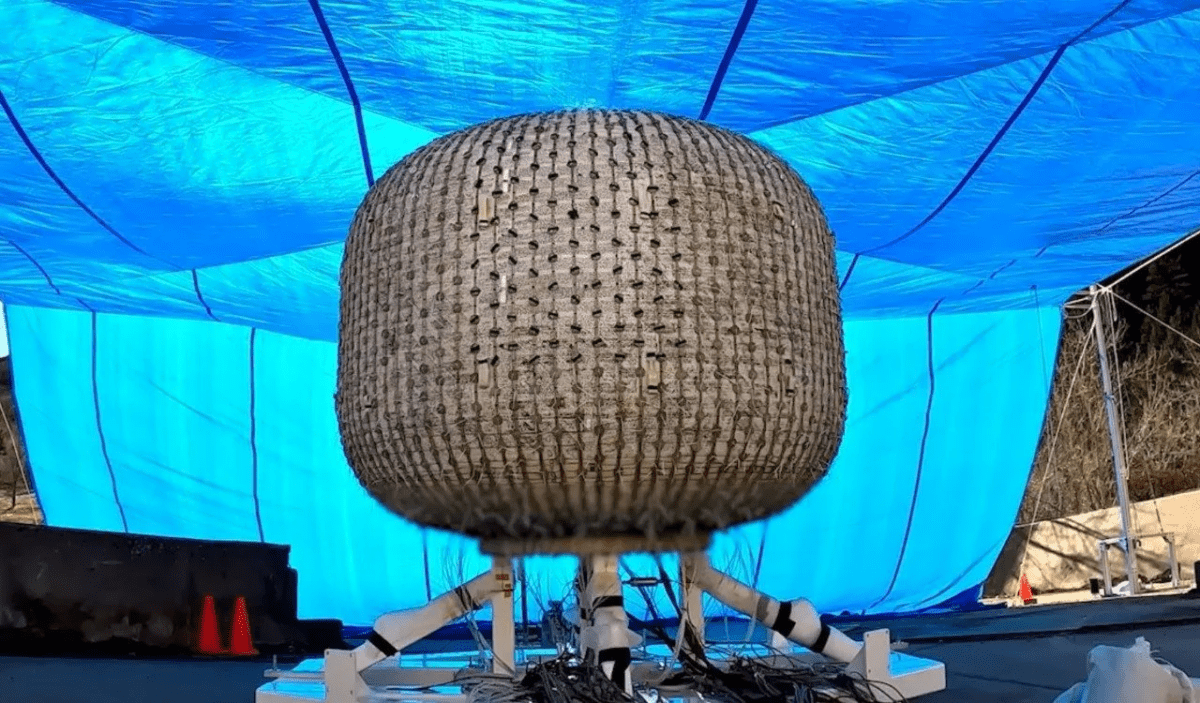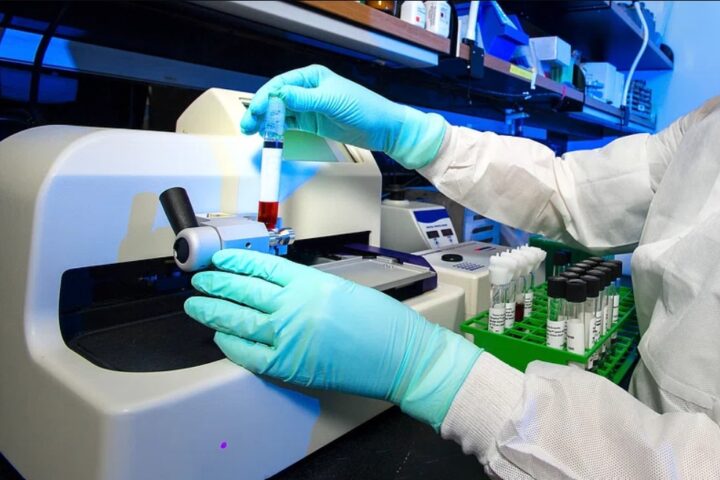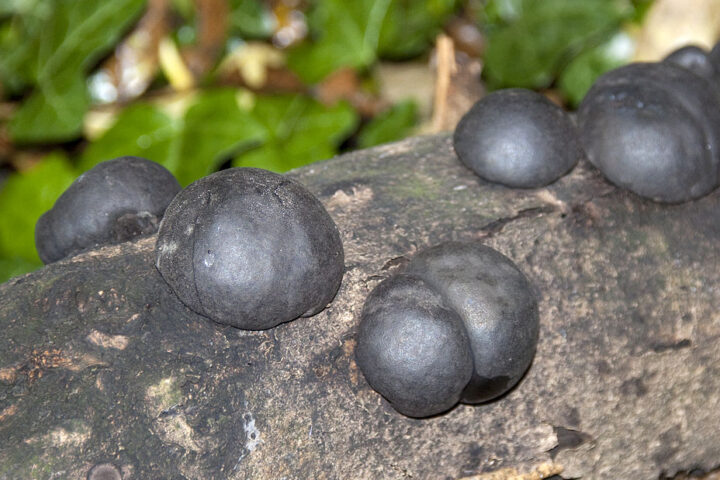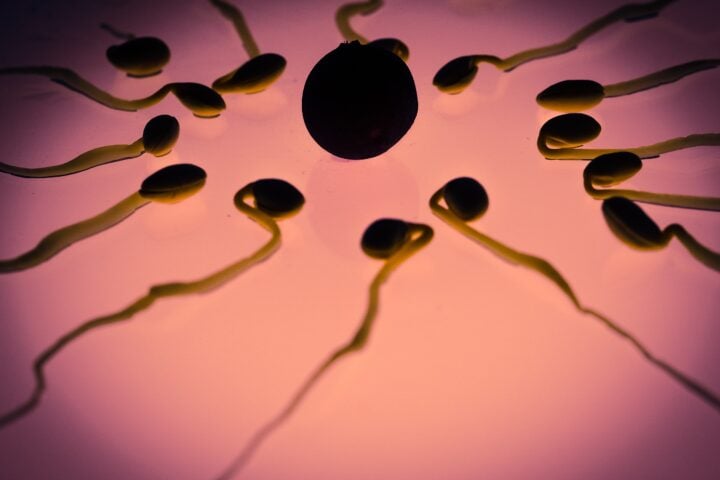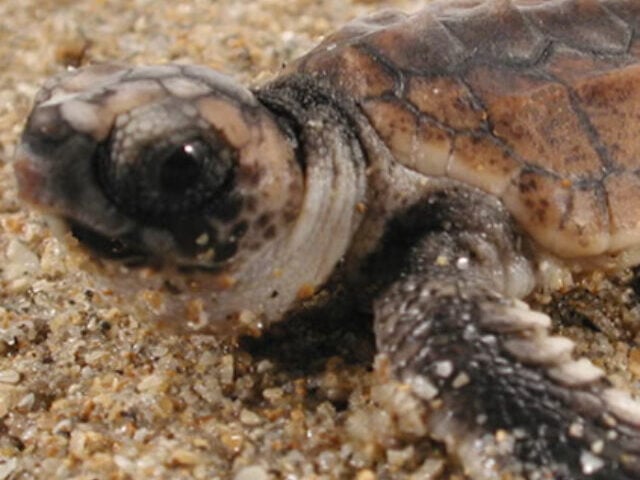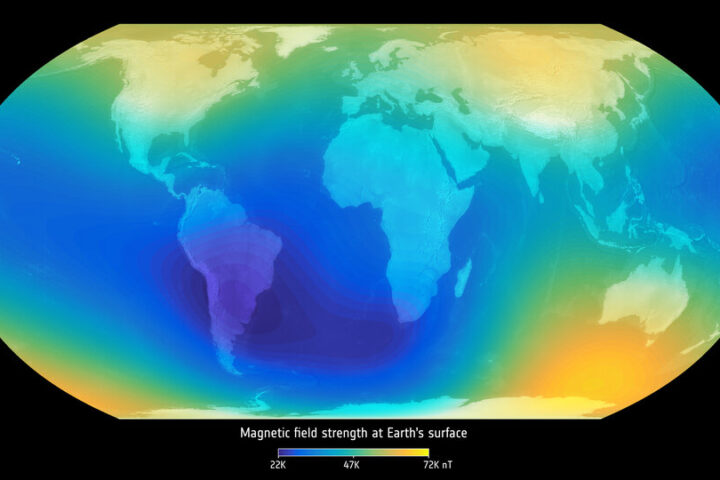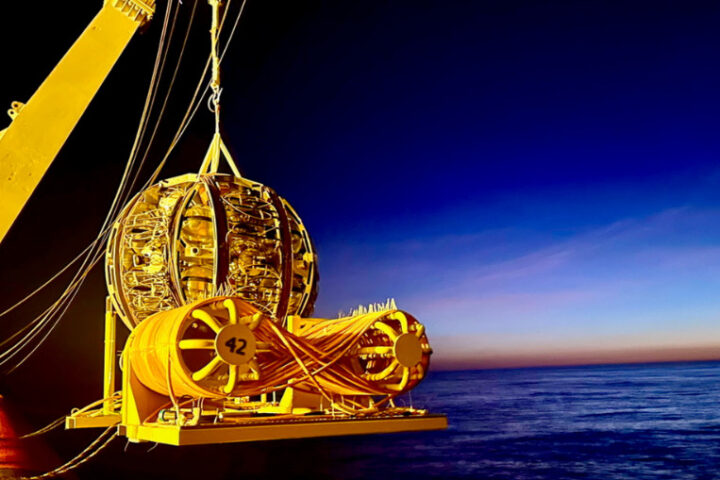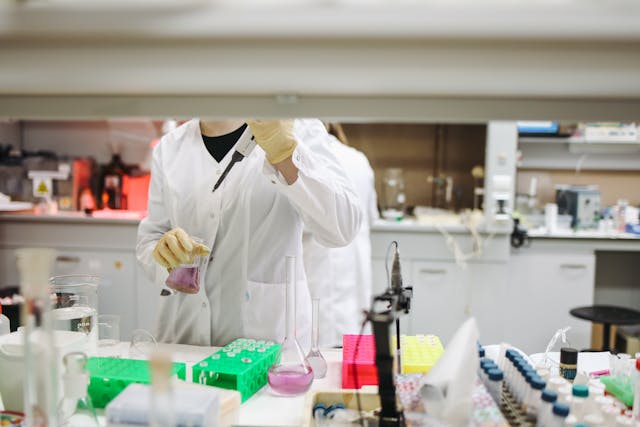Lockheed Martin has accomplished a successful burst test of a sub-scale inflatable space module at its Denver facility, with the module enduring a pressure of 253 psi – six times its operational pressure – before intentional rupture. This marks the aerospace company’s second burst test of its kind, confirming previous results’ consistency and reliability. Notably, the module’s explosion caused the test stand to break free, emphasizing the inflatable structure’s extraordinary energy containment ability. The testing is part of NASA’s Next STEP program, targeting technological enhancements for human spaceflight beyond low Earth orbit (LEO). These inflatable modules are pivotal to NASA’s Artemis program, which intends to perform crewed missions around and on the moon. These efforts are precursors to NASA’s ultimate aim of establishing a permanent human settlement on the lunar surface and preparing for future Mars expeditions.
Lockheed Martin’s inflatable habitat concept stands out for space infrastructure because of its lightweight and compact design. The inflatable modules offer a cost-effective, efficient alternative to transporting larger, rigid units, making them ideal for space launches and for constructing substantial structures in space, a shift from the approach used for the International Space Station (ISS). Jonathan Markcity, a Senior Systems Engineer at Lockheed Martin, underscored the importance of system-level testing for verifying design and manufacturing processes. Lockheed’s engineers managed to construct the soft part of the inflatable sub-scale within 8 weeks, overseeing all in-house production. Following the successful burst tests, Lockheed now needs to assess the inflatable structures’ long-term operational potential.
Further tests will involve full-sized modules and include critical components such as hatches, windows, and life-support materials. The burst test carried out on the Titan rocket test stand validated the reliability and consistency of the inflatable habitat technology. The most recent test yielded an unexpected result when the module’s explosion launched the test stand, demonstrating the inflatable habitat’s powerful energy potential. Lockheed’s engineers will now progress to the subscale system level creep testing phase to verify the habitat’s operational lifespan. Concurrently, full-scale burst tests will be carried out to obtain crucial data and confirm the scalability of the manufacturing techniques used for these modules.
Similar Post
After these successful tests, the team can proceed with adding windows, hatches, and other hard points to the softgoods structure. Lockheed Martin aims to create habitable structures on the Moon, Mars, and beyond with this inflatable habitat technology. The success of the burst test is a significant milestone in the development of inflatable space habitats, a technology that could transform space exploration. This step represents a substantial progress in aerospace technology and could reshape human presence in space. Burst tests are vital for gauging the resilience of inflatable modules in space’s unpredictable environment. The consistent test results highlight the technology’s adaptability for various space habitation applications, edging NASA closer to its goal of a permanent human presence in space. These tests not only verify the reliability of inflatable habitats but also cement Lockheed Martin’s standing as a key innovator in the aerospace industry. As this trailblazing technology continues to evolve, the vision of creating sustainable human settlements in space becomes more feasible.
